Choosing the Right Plantains for Perfect Bannann Peze
12 min read Discover how selecting the right plantains ensures perfectly crispy and golden Bannann Peze, elevating your Haitian culinary experience. July 17, 2025 00:05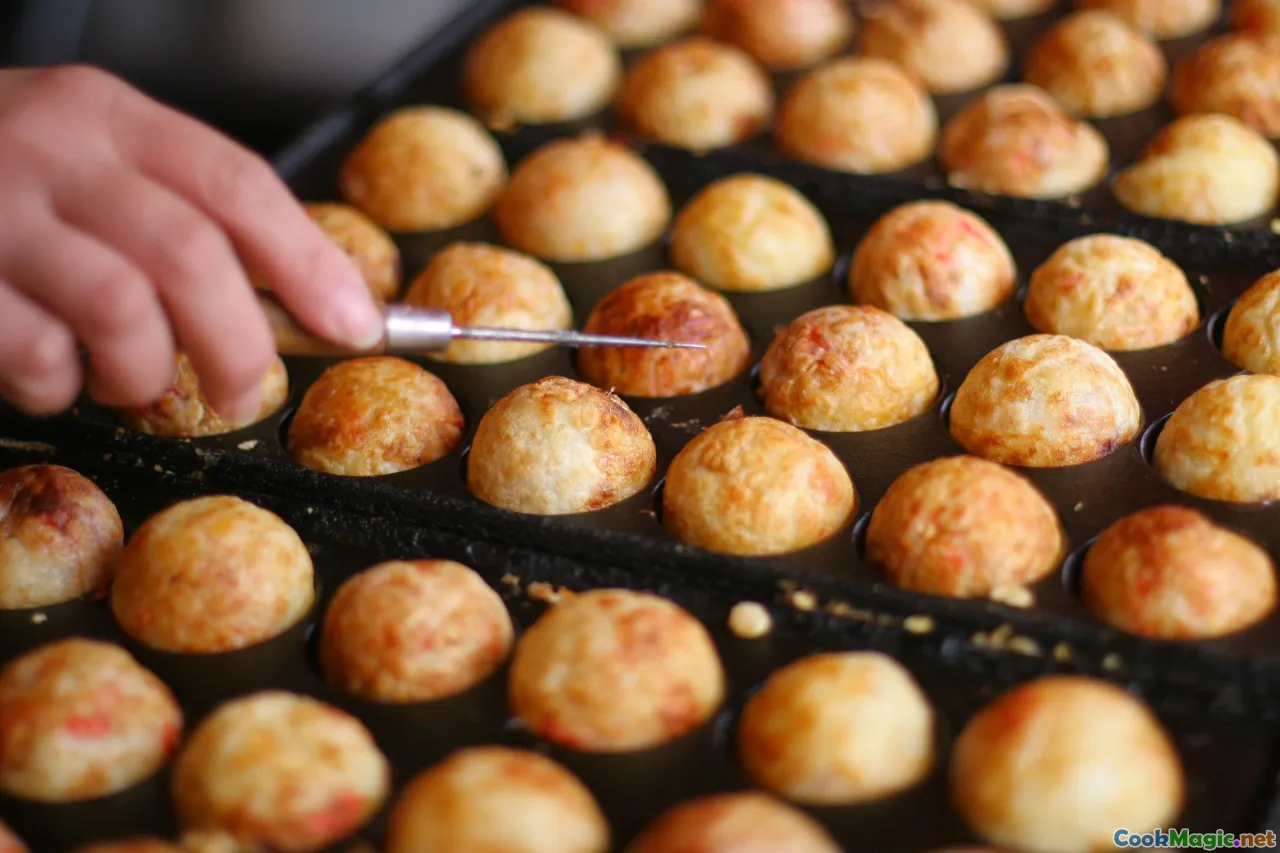
The Heartbeat of Haitian Street Food: Bannann Peze and Its Cultural Significance
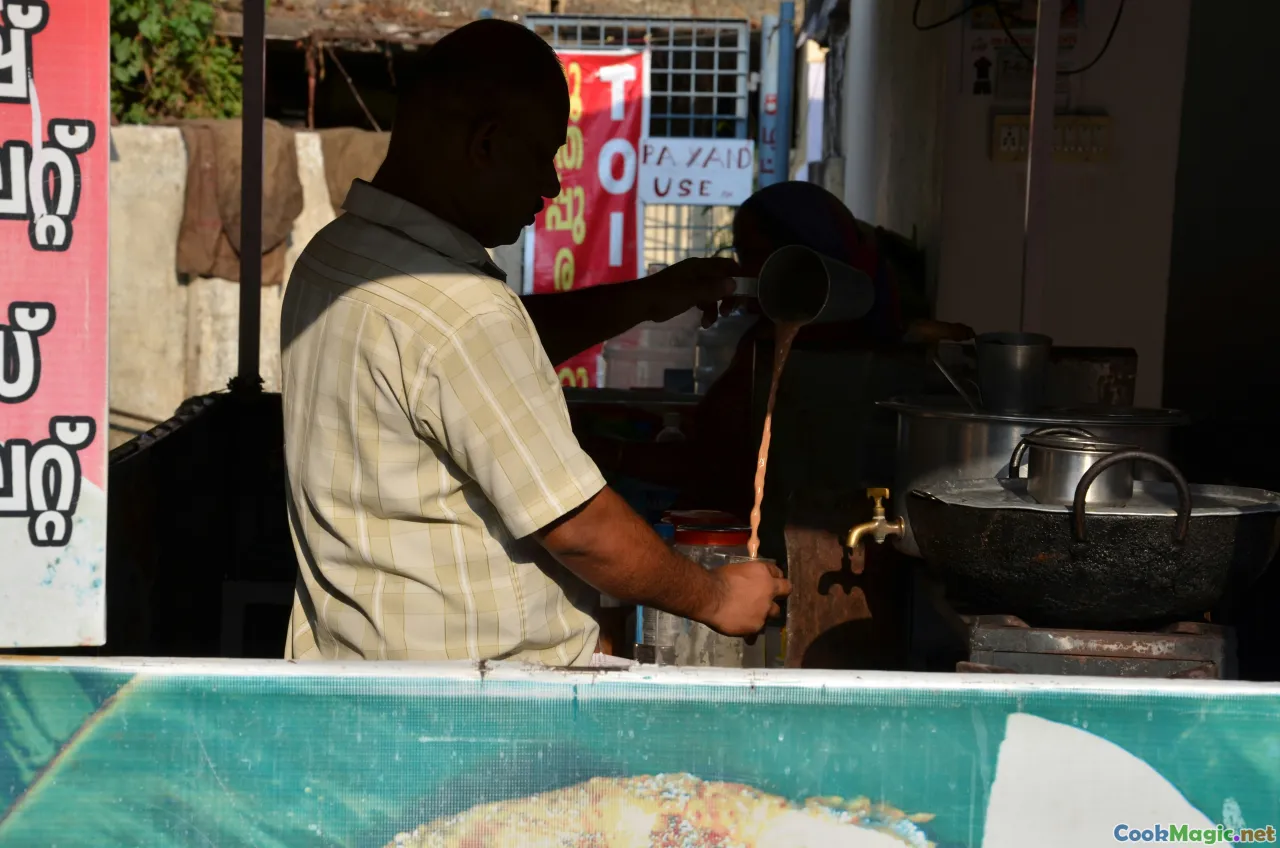
In the vibrant streets of Port-au-Prince, Jacmel, and Cap-Haïtien, the sizzle of frying plantains is unmistakably etched into the rhythmic pulse of daily life. Bannann Peze — crispy, golden, with a soft, comforting heart — represents more than just a snack; it embodies Haitian resilience, history, and familial bonds. These flat, fried plantain slices evoke nostalgia, connecting Haitians to ancestors who mastered the simple joy of transforming humble ingredients into culinary treasures.
I fondly remember my first encounter with Bannann Peze during a lively Sunday market in Croix des Bossales; the aroma of ripe plantains swirling with garlic and savory oils beckoned me closer. As I bit into a piece, the delightful crunch gave way to a tender sweetness, enriched by layers of cultural storytelling and tradition. To clone this authentic street food at home or elevate your culinary repertoire, selecting the perfect plantains becomes the pivotal first step.
The Cultural Tapestry of Plantains in Haiti
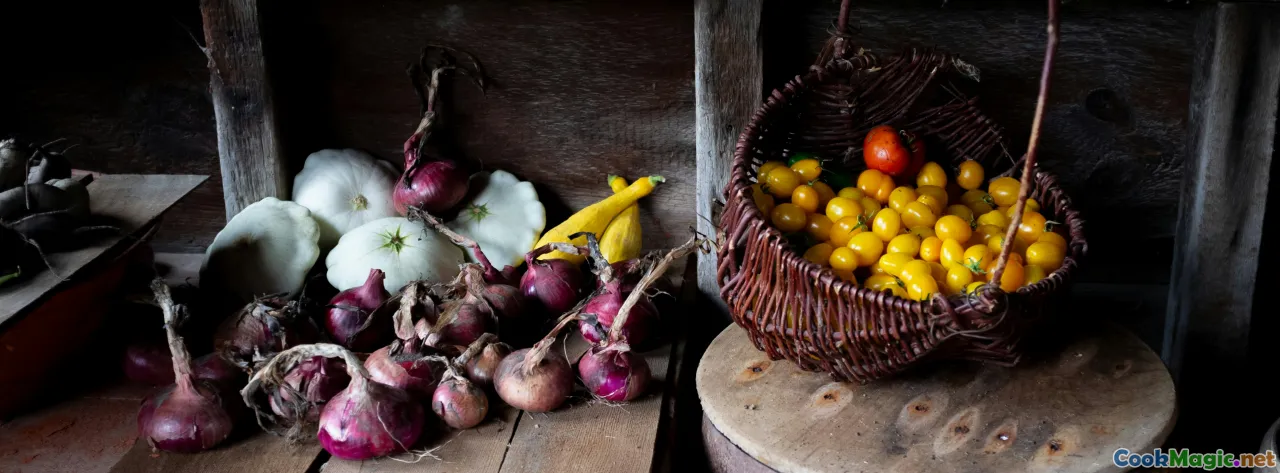
Plantains hold a revered place in Haitian cuisine, echoing centuries of history rooted in African, French, and indigenous influences. Unlike their sweeter banana cousins, plantains serve as a starchy staple, akin to potatoes or rice, woven into everyday meals from breakfast to festive dinners. Historically, Haitian farmers cultivated a variety of plantain cultivars to ensure year-round sustenance and culinary diversity.
In particular regions like Léogâne and Hinche, local varieties have been painstakingly preserved—each with distinct flavor profiles, textures, and cooking qualities—ready to be transformed into the iconic Bannann Peze or other beloved dishes like Marinad and Marinad fèy.
Selecting the Right Plantains: The Foundation for Perfect Bannann Peze
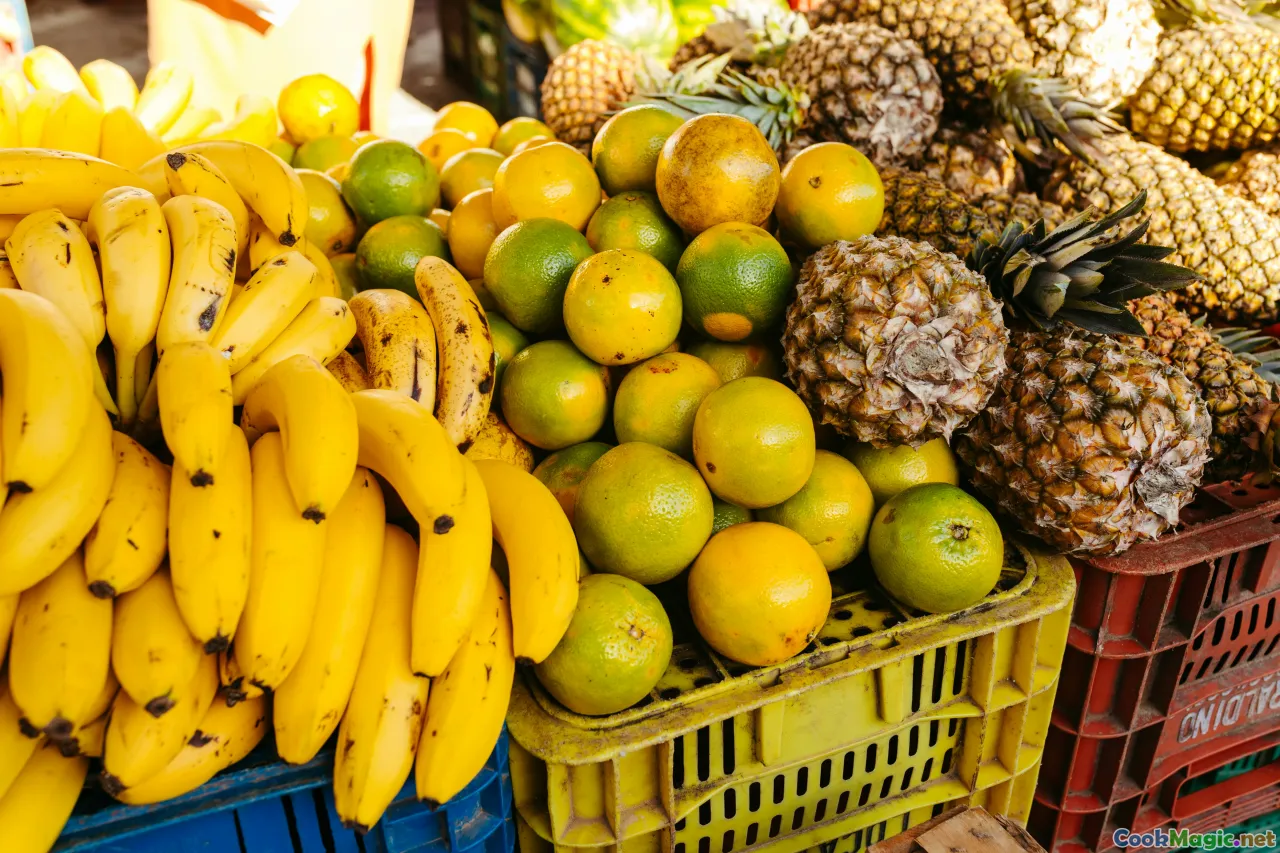
Choosing the right plantains is an art form—an essential first step that influences the taste, texture, and overall success of your Bannann Peze. The key lies in understanding the stages of ripeness and how each impacts frying.
Ripe versus Green: A Visual and Tactile Guide
- Green Plantains: Firm, smooth-skinned, with a bluish-green hue. They are starchy, offering a neutral flavor and dense texture. Ideal for savory dishes like Bannann Peze because they retain their shape well during frying and produce a satisfying crunch.
- Yellow Plantains: Transition into sweetness; more tender but still firm. They lend a slightly sweeter profile, adding subtle complexity to the dish.
- Black or Very Ripe Plantains: Soft, with blackened skins and a markedly sweet aroma. More suited for desserts or ripe plantain chips. For Bannann Peze, they tend to be too soft and can become greasy.
Texture and Visual Selection
Looking for a plantain that is plump with a firm feel—be cautious of shriveled or overly soft specimens, which may result in uneven frying or soggy texture.
Sourcing Tips
Visit local markets or Latin American / Caribbean produce vendors. Haitian markets, with their vibrant displays of green, yellow, and black plantains, are treasure troves. Feel and inspect each fruit carefully—prefer ones that give slightly under gentle pressure but feel firm overall.
Preparing Plantains for Bannann Peze
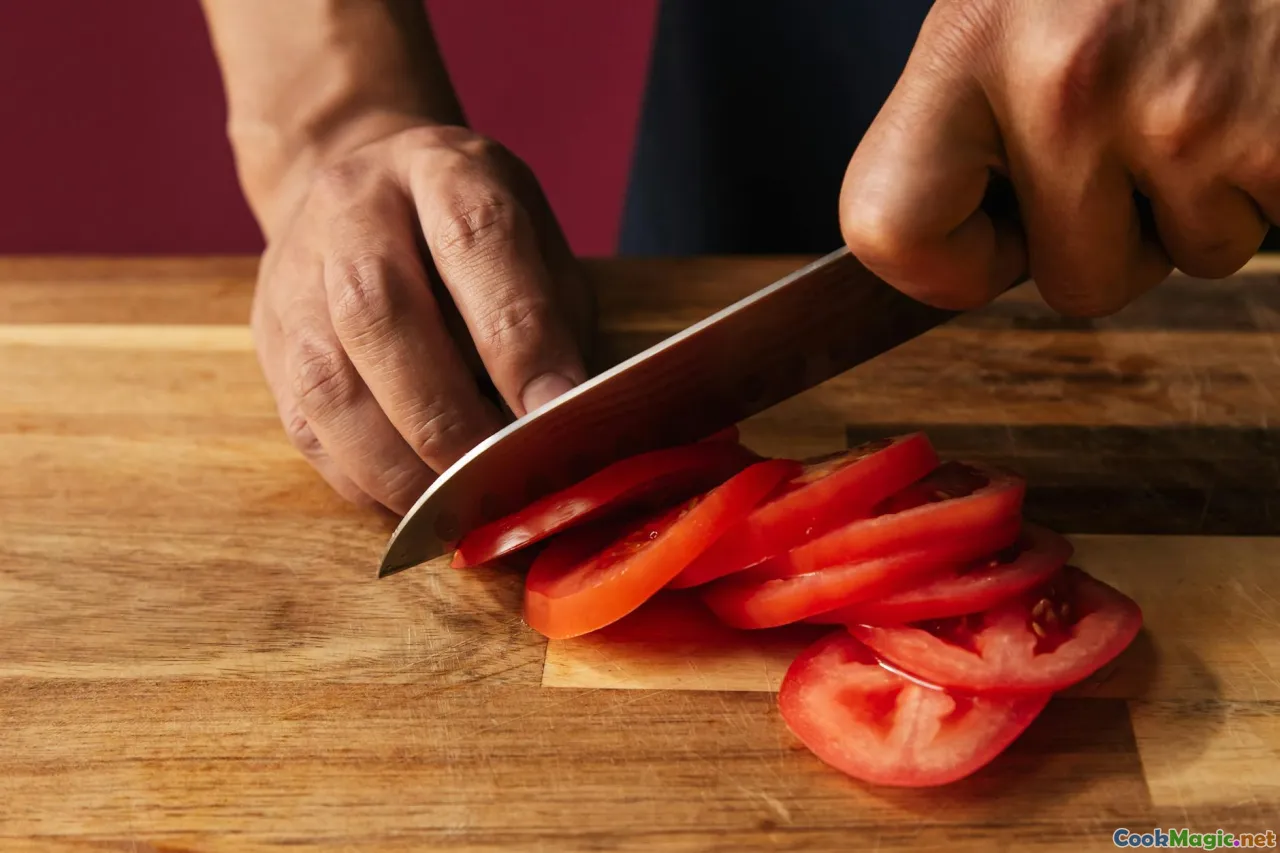
Preparation is straightforward but vital. Proper peeling and slicing expose the plantain's flesh evenly, facilitating uniform frying.
Peeling Technique
Use a sharp knife to cut off the ends, then score the skin lengthwise along the ridges. Carefully peel away the skin, which is tougher than banana peel, especially on green plantains. Ripping or tearing can cause uneven slices.
Slicing for Thickness
Slice the plantains into approximately 1-inch thick chunks or into flat disks, depending on preferred style. Traditional Bannann Peze are usually cut into 1 to 1.5-inch slabs, ensuring a crispy exterior and soft interior.
Marinating—the Optional Step
Some Haitian cooks season the slices with salt, garlic, or lime juice before frying. This enhances flavor and introduces aromatic depth. Marinate for at least 10 minutes.
Frying the Perfect Bannann Peze

The frying process is where craftsmanship shines. The goal is a golden exterior crunch with a tender, subtly sweet interior that melts in your mouth.
Oil Selection and Temperature
Use a neutral oil with a high smoke point—like refined vegetable oil, canola, or palm oil traditionarily used in Haiti. Heat the oil to about 350°F (175°C)—a temperature where the plantains sizzle immediately upon contact but do not burn.
Frying Technique
- Carefully place the plantain slices into hot oil—avoid overcrowding.
- Fry for about 3-4 minutes until golden brown on the first side.
- Flip and fry the other side to achieve an even, crisp crust.
- Once cooked, remove and drain on paper towels.
Flattening for Bannann Peze
While still warm, flatten each piece using a Haitian pilon or a heavy-bottomed wooden press. Traditionally, Haitians use a closed fist or a skillet to press the slices flat—this facilitates the characteristic crispy exterior and tender potato-like interior.
Final Fry (optional)
For extra crunch, you can do a secondary quick fry—reheating the flattened pieces for a minute or so to reinforce crispiness.
Achieving the Iconic Texture and Flavor
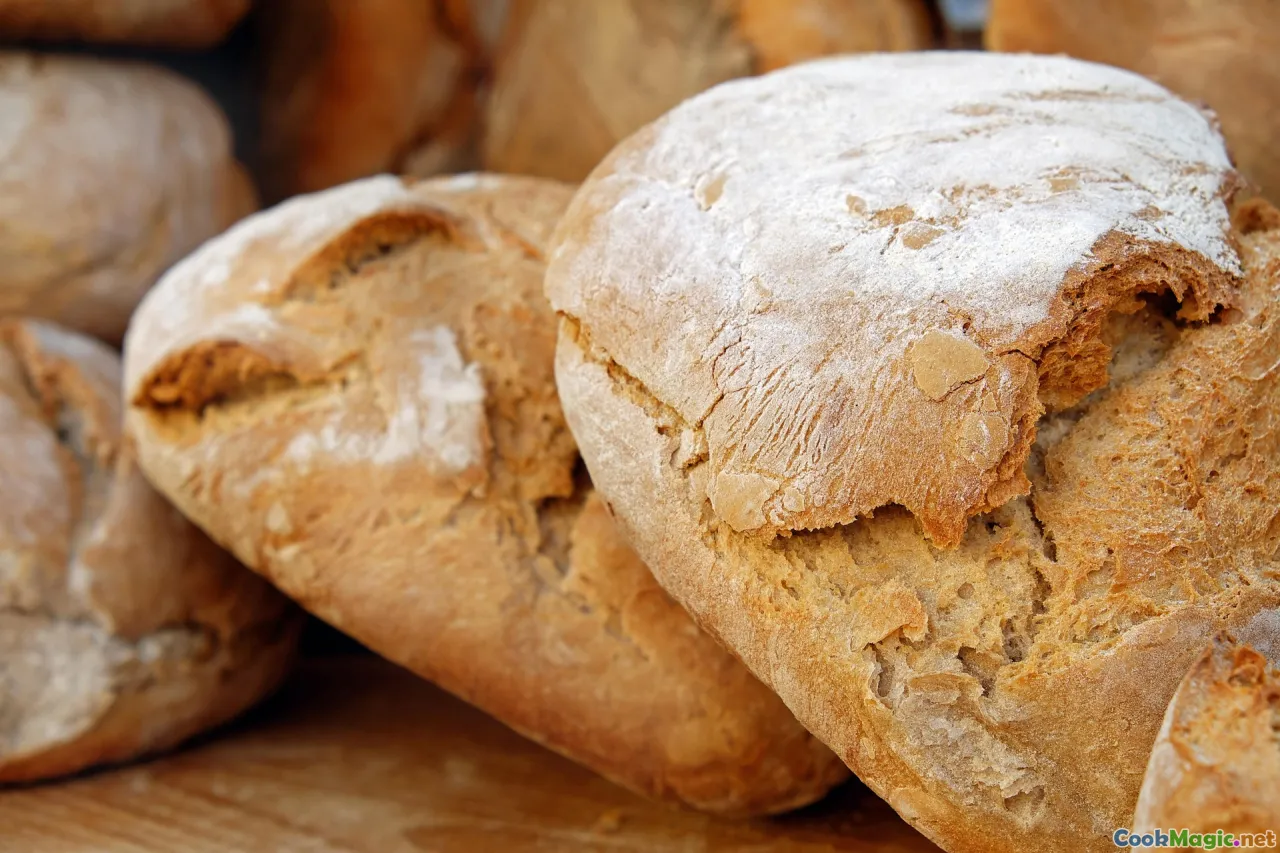
The hallmark of great Bannann Peze lies in its texture: a crunchy shell encapsulating a soft, almost creamy inside. Seasonings like garlic, salt, or pepper can be sprinkled before or after frying to elevate flavor.
In Haiti, Bannann Peze is often served with Griot (fried pork), Pikliz (spicy pickled vegetables), or even accompanied by spicy dips. The interplay of textures and flavors makes each bite memorable.
Common Mistakes to Avoid and Expert Tips
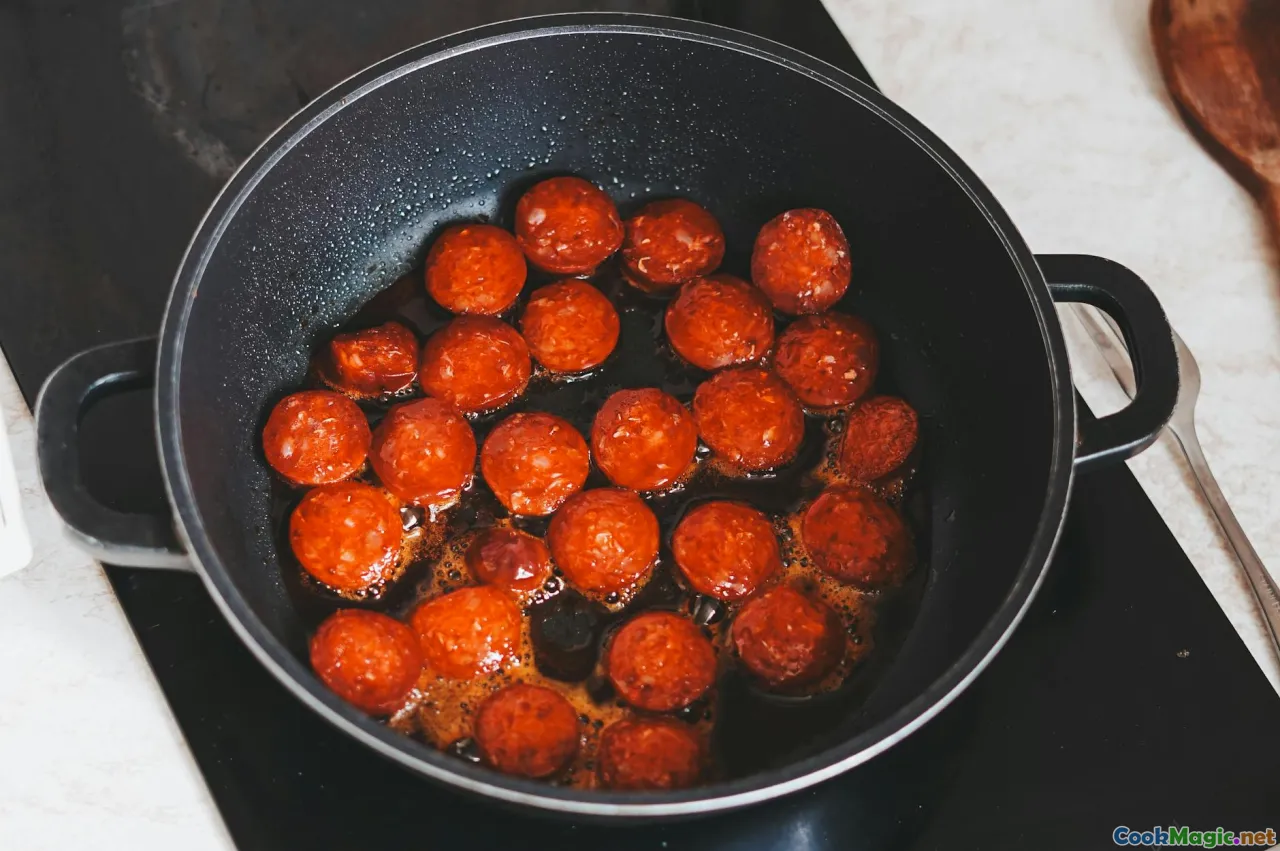
Even seasoned cooks can stumble, but these tips help maintain authenticity and perfection:
- Don’t overcrowd the pan: Too many slices tumbling in reduces temperature, leading to soggy food.
- Monitor oil temperature: Too hot burns, too cool results in greasy Bannann Peze.
- Use the right thickness: Thin slices become fragile and may overcook, thick ones may be underdone.
- Timing matters: Removing soon after achieving a golden hue preserves crispiness.
- Equal flattening: Ensures uniform crunch and consistency.
Variations and Creative Twists

While the classic Bannann Peze is beloved, adventurous cooks can experiment. Try adding a dash of cayenne or paprika to the seasoning mix for spicy kicks, or serve with mango-hot pepper relish for a tangy contrast. Incorporate herbs like thyme or scallions into the marinade, or top with crumbled feta or Haitian epis sauce.
A Lasting Impression—Creating a Cultural Connection

Food in Haiti is more than sustenance—it's a language of love, memory, and community. Making Bannann Peze with care, selecting the right plantains, and mastering the fry reveal a deeper understanding of Haitian soul. When sharing these crispy slices at your table, you're participating in a centuries-old tradition—one that embodies resilience, ingenuity, and the vibrant spirit of Haiti.
So, next time you crave a taste of Haitian street life, remember: the journey begins with choosing the perfect plantain—each variety telling its own story, waiting to be transformed into a golden crunch of cultural nostalgia.









